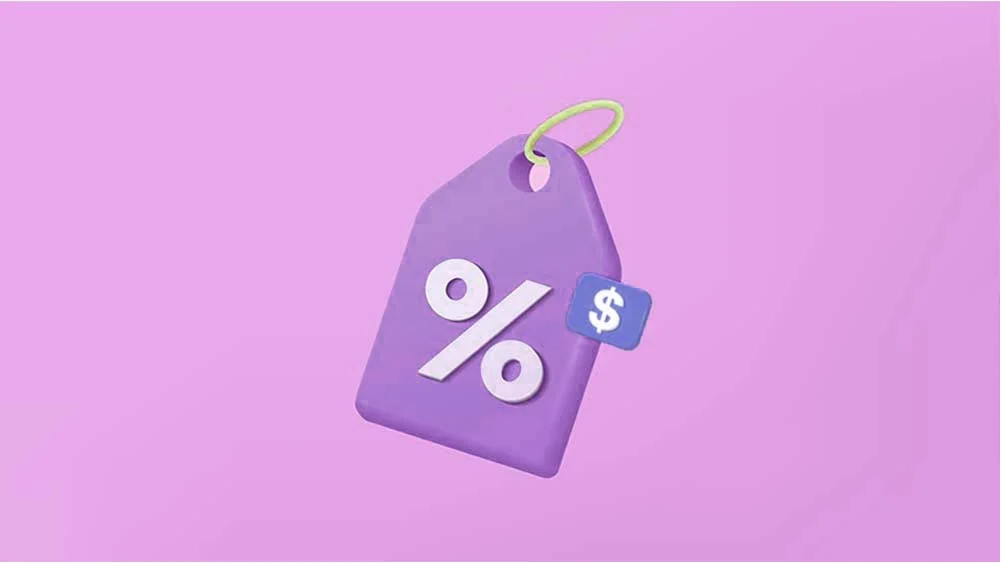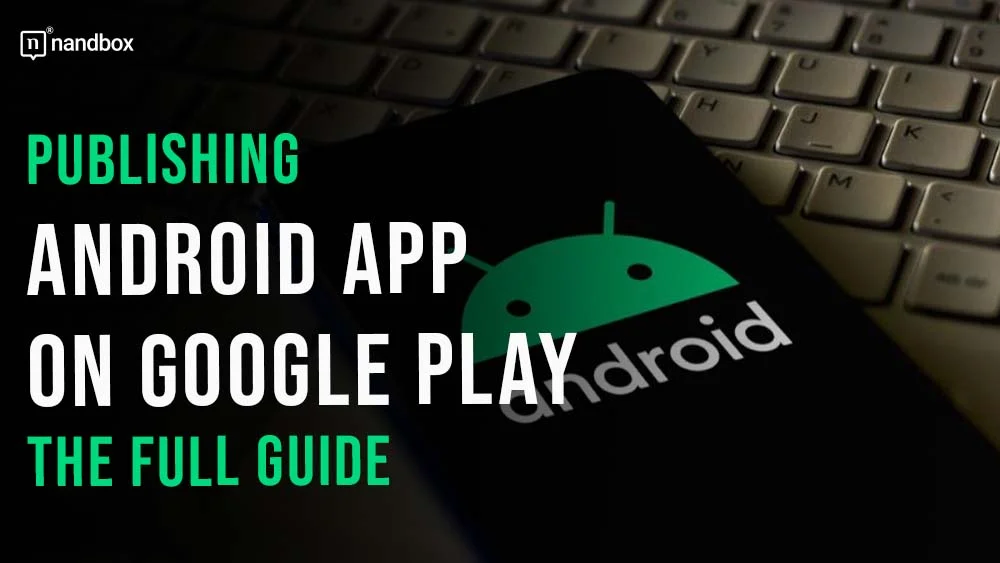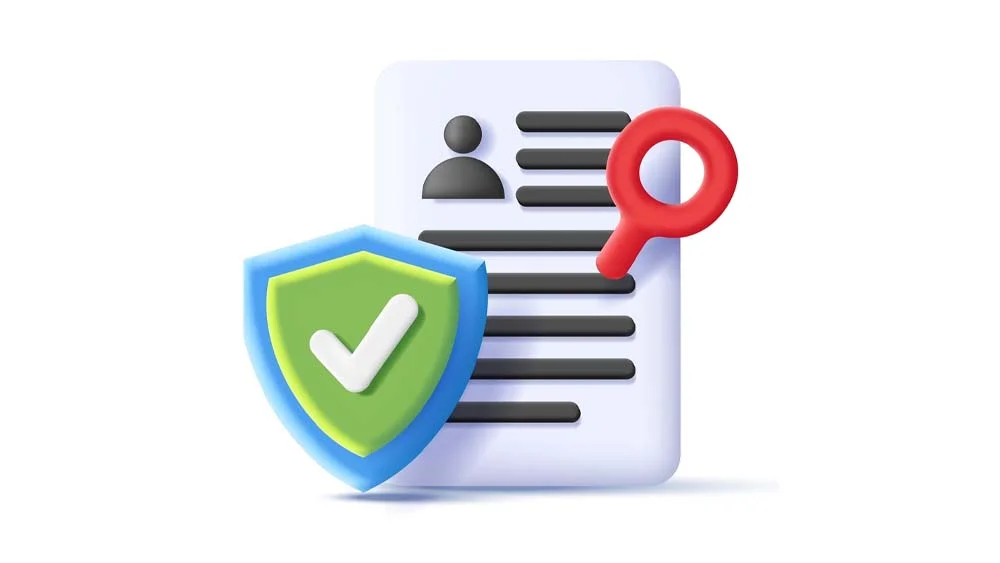The Process of Publishing an Android App on Google Play In Five Simple Steps
When it comes to succeeding, we all choose reputable places or platforms to link with or use. That is in order to make sure that we have a step to climb on as a starting point. A major step toward making your digital work accessible to people all around the world is publishing your Android app on Google Play. Developers have access to a rich ecosystem through Google Play. Google Play is the biggest app distribution platform for Android smartphones. It allows them to expose their apps to millions of users globally. The publishing process starts with careful preparation and following Google Play’s rules and regulations. That is, to ensure quality and compliance with legal requirements,
To ensure a smooth user experience, meticulous attention to detail is required at every stage. From brainstorming to development to testing. It is critical to conduct comprehensive testing on many devices and Android versions before submission. That is, in order to find and fix any problems. Developers should use the Google Play Console to generate an app listing when the app satisfies all requirements. That is, to maximize discoverability. The listing should include captivating images, brief descriptions, and relevant keywords.
Publishing an Android App on Google Play: What is Google Play?
The Google Play platform is a digital distribution platform that was developed by Google for Android smartphones. It functions as a one-stop shop for consumers to explore, download, and manage a wide variety of digital material. It includes a wide variety of products and services. Such as applications, games, movies, television shows, books, and music. Additionally, it gives customers access to millions of different digital leisure and productivity possibilities.
Android users may browse and install apps and buy or rent media material. Moreover, they can discover new experiences that are personalized to their interests and preferences through Google Play. Which provides a streamlined and consolidated experience for Android users. Users of Google Play are able to do a variety of things. Like browsing through curated collections, investigating top charts, and obtaining tailored recommendations. That is, thanks to the platform’s intuitive user interface as well as its powerful search and recommendation algorithms.
Additionally, Google Play acts as a platform for developers to display their ideas, reach an audience all over the world, and monetize their material through a variety of business models. This helps to stimulate innovation and creativity within the Android ecosystem. Below, we will uncover together the steps of the process of publishing an Android app on Google Play.
The Key to Starting It All: Create a Google Developer Account
I guess the name explains what a Google developer account is; however, let me tell you what it is in detail. Developers can publish and make available their digital creations. Such as applications, games, and other material. Through Google Play by using a platform that is supplied by Google. This platform is known as a Google Developer Account. Developers use this account to gain access to the Google Play Console. Which allows them to handle app lists, monitor metrics for performance, issue updates, and interact with users.
An additional benefit of having a Google Developer Account is that it enables developers to generate revenue from their applications through a variety of means, including in-app purchases, payments, and advertisements. The purpose of this platform is to provide a central location for developers to display their work and utilize Google’s ecosystem in order to reach millions of Android users all over the world.
Want to Sell Paid Apps? Develop a Merchant’s Account
To embark on the journey of selling premium apps or in-app purchases, you must kickstart the creation of a Google Merchant Account. This pivotal step empowers you to track app sales, monthly payouts, and delve into sales analytics. Once you’ve completed setting up your merchant profile, your developer account seamlessly syncs with the merchant profile, streamlining your access to crucial sales insights and revenue streams.
Prepare Your EULA and Privacy Policy Documents
For the purpose of establishing transparency, trust, and legal compliance with consumers, developers should write their End User License Agreement (EULA) and Privacy Policy documents prior to posting their Android application on Google Play. Among the terms and conditions that govern the use of the application are authorization, constraints on liability, and the ownership of the intellectual property. These are all outlined in an end-user license agreement (EULA).
The purpose of this document is to safeguard developers from any potential misuse or disputes that may arise and to set clear expectations for users. Along the same lines, it is vital to have a privacy policy in order to inform users about the collection, storage, and utilization of their personal information by the application. As a result, you can rest assured that your business is in full compliance with privacy regulations like GDPR and CCPA.
Which in turn fosters consumer confidence and loyalty. By taking steps to address legal and privacy concerns, developers may reduce risks, improve the user experience, and demonstrate their dedication to ethical standards. This, in turn, helps developers cultivate positive relationships with their user base, which in turn promotes the long-term viability and legitimacy of their app on Google Play.
Know and Learn Google’s Developer Policies
I know that if you’re here, this only means that you have already decided on an app idea. Maybe you even executed it. However, this step makes sure that your app and its concept align with Google’s policies. Aligning with and understanding your Google developer policies is something that is of great importance.
This is due to the fact that by following these steps, you can be sure that Google won’t reject your app when you finally launch or upload it using your developer account. The Google developer policies are like guidelines that explain to you that you should develop, update and promote your app in a way that supports Google’s standards without violating them.
Pricing Your App

There are a number of important factors to think about when setting the price of your Android app on Google Play. Free, freemium, premium, and subscription-based models are just a few of the options available to developers looking to make money off of their products. applications that are free to use allow users to access most of their features without paying anything, while applications that are free charge for additional features or content.
When downloading and using a paid app, customers are required to pay a one-time fee. In subscription-based models, users pay a regular fee to get access to the app’s services or content. Considerations such as software complexity, features, market demand, and competitiveness might inform developers’ price tiers. To help developers account for regional variations in buying power and currency exchange rates, Google Play also provides pricing localization choices. For the best results in terms of both profit and user happiness, the app’s price plan should be in sync with its value proposition, intended users, and revenue goals.
Final Thoughts!
The developer console allows you to control distribution, establish prices, and keep an eye on performance indicators to see how engaged users are. Additionally, see how they can improve their methods. In the ever-changing world of mobile technology, publishing an app on Google Play gives you access to a massive user base, which means more room for development, feedback, and improvement. Understanding your Android app’s development needs will help you create an Android app successfully and without any hassles. You can check out nandbox’s native no-code app builder and uncover ways to succeed with an Android app by building one that is no-code with nandbox!




